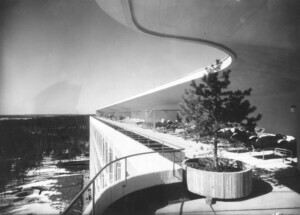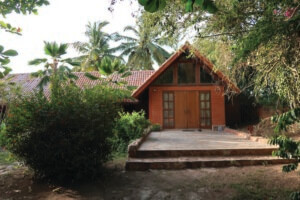Celebrating its 40th anniversary this year, the Association for Computer Aided Design in Architecture (ACADIA) was formed in 1981 to facilitate communication and critical thinking on the use of computers in architecture, planning, and building science. This year’s theme, REALIGNMENTS: Toward Critical Computation, will reflect on its widest range of subjects yet, from computational publics to architectures of care and robotic construction, to address a question reflecting the intersecting issues of the present day: “How can the computational design community critically address questions of emancipation, intersectionality and our computational publics?”
By questioning the role that computational architecture may play in addressing issues felt by those outside the field, ACADIA 2021 will fold the skill sets of its participants into the greater entanglements of contemporary society and power structures. “At the convergence of social, political, and environmental crises and a global pandemic,” the website reads, “ACADIA2021 reflects on realigning our practices to allow for alternative and constructive ways of knowledge and world making to address these issues.” The seven ACADIA 2021 conference chairs—Dr. Behnaz Farahi, Biayna Bogosian, PhD(c), Dr. Jane Scott, Dr. Jose Luis García del Castillo López, Dr. Kathrin Dörfler, Dr. Stefana Parascho, and Dr. Vernelle A. A. Noel—were selected for their overlapping yet distinct bodies of research into the potential that computational architecture holds for addressing the issues currently facing the built environment and the people that inhabit it.
ACADIA 2021 will be held from November 3 through 6 and, much like the previous year, will be a virtual and global event featuring peer-reviewed, juried, and curated content, as well as keynotes and panel discussions. The conference will soon accept submissions in three categories: technical papers (4,000-word full papers and 2,000-word work-in-progress papers), field notes (800-1000 word papers), and projects.











